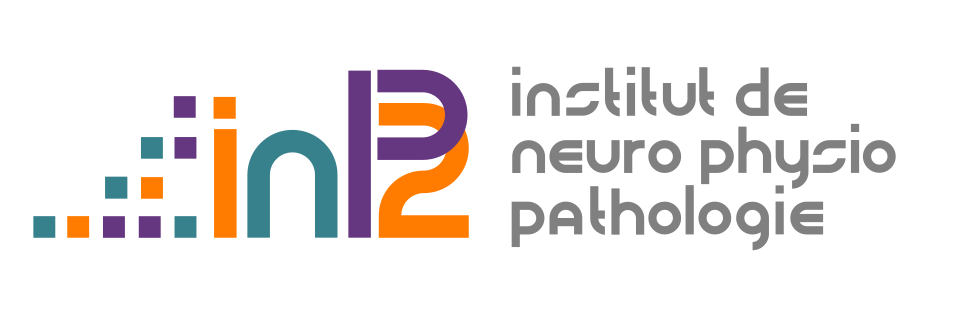Vous n'avez créé aucune page d'accueil pour l'instant.
Félicitations et bienvenue dans la communauté Drupal.
Drupal est une plateforme open source permettant de créer des expériences numériques stupéfiantes. Elle est développée, utilisée, enseignée, documentée et promue par la communauté Drupal. Notre communauté est composée de personnes du monde entier partageant un ensemble de valeurs, collaborant ensemble de manière respectueuse. Comme nous aimons le dire :
Venez pour le code, restez pour la communauté.
Commencer
Il existe plusieurs façons de démarrer avec Drupal :
- Guide de l'Utilisateur : Comprend des chapitres sur l'installation, l'administration, la construction de site et la maintenance du contenu d'un site web Drupal.
- Créer du contenu : Vous voulez vous mettre directement au travail ? Commencez à ajouter du contenu. Remarque : les informations de cette page disparaîtront une fois que vous aurez ajouté du contenu à votre site. Continuez à lire et à ajoutez les éléments intéressants à vos marque-pages.
- Étendre Drupal : Le cœur (core) de Drupal peut être étendu et personnalisé de manière remarquable. Installez des fonctionnalités supplémentaires et changez l'apparence de votre site à l'aide d'extensions fournis par notre communauté.
Prochaines étapes
Ajouter en marque-pages ces liens vers nos groupes communautaires Drupal actifs et nos pages d'assistance technique.
- Global Training Days (journées mondiales de formation) : des informations utiles pour évaluer Drupal en tant que logiciel et en termes d'opportunités professionnelles. Formations données dans votre langue.
- Événements à venir : Apprendre et entrer en relation avec d'autres personnes lors de conférences et d'événements organisés dans le monde entier.
- Page communautaire: liste des principaux groupes communautaires Drupal avec leur propre contenu.
- Get support and chat with the Drupal community on Slack or DrupalChat. When you’re looking for a solution to a problem, go to Drupal Support or Drupal Answers on Stack Exchange.
